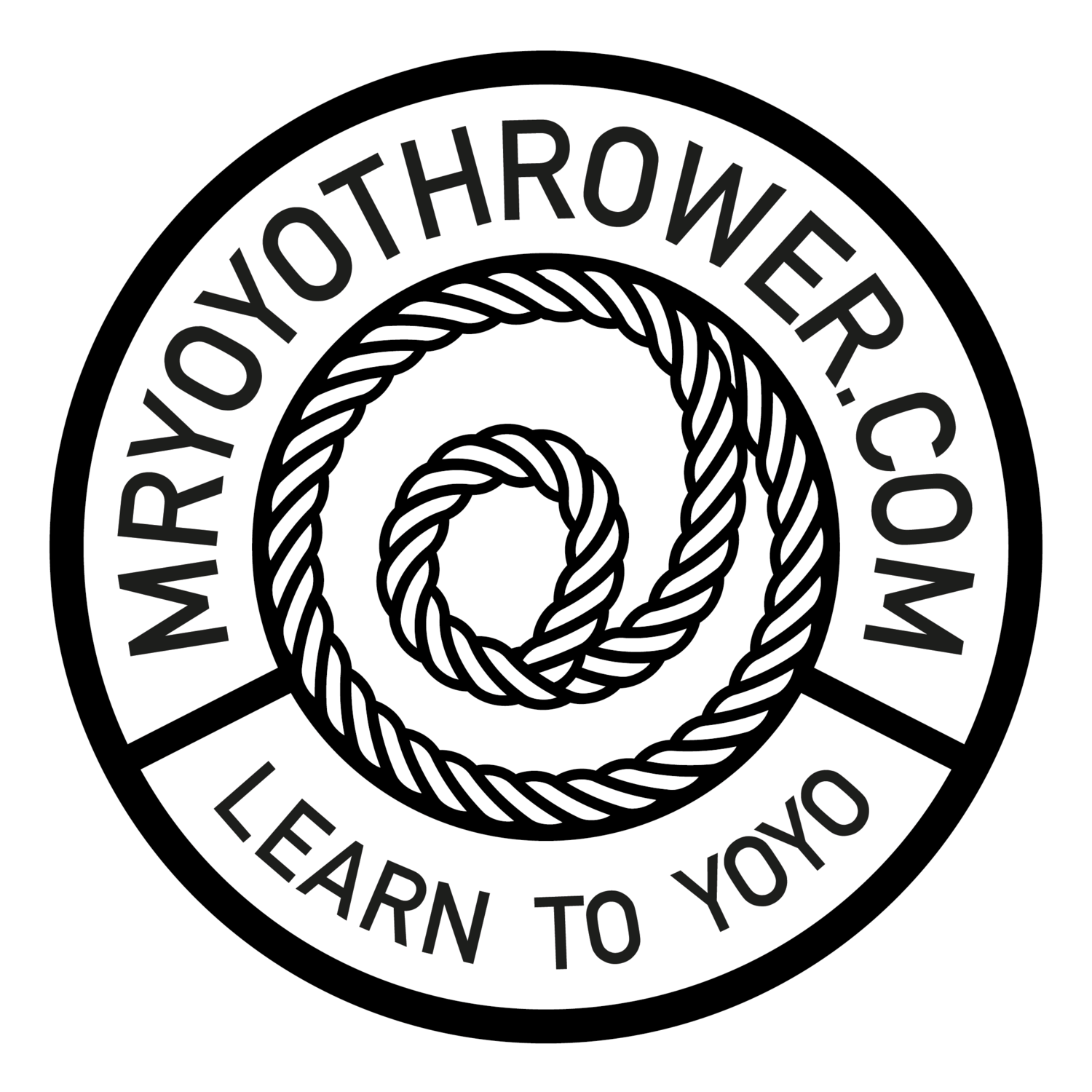Bear with me, this does relate to yoyos.
Last week I taught 2 workshops at our district professional day. It’s a day where all the schools in the district close and all the teachers congregate at one of the high schools to learn and improve our practice. Anyone can present a workshop on whatever their passion is. I ran 2 workshops. In the morning I ran one on how to have a classroom economy. In the afternoon I ran one on how to use skill toys in your school to foster mindfulness, community, communication skills and confidence in kids. I have done these two a number of times, but this year I had the light bulb moment of how connected the two have become for me.
Over the last couple years the education system in British Columbia (Canada) has received a massive overhaul. We are trying to teach children who have unprecedented access to information how to grow up and function in a world where half the jobs they will have when they grow up likely haven’t been invented yet. We also have to teach them how to cope with being constantly connected to other people, how to critically think about what they see and here, and most importantly, how to be kind to each other.
So out the window went the old list of things to memorize. Instead we are now focusing on what are called “Core Competencies”. There are big picture ideas that umbrella the skills to learn and do, rather than the details of what to learn. We are crafting individualized curriculum focusing on figuring out what the kids know, what they want to know, and where to go from there. There are still fundamentals to be learned, but the idea is to wrap them in concrete, useful tasks. “Inquiry” is the catchphrase. Get them asking questions and figuring out how to answer them, rather than giving them answers and testing.
Part of this overhaul is a recognition that for the last 50 years we’ve done a disservice to our society by over-emphasizing a university degree as the goal. We now have a glut of 25 year olds with arts degrees and no job, and plumbing not being done because it wasn’t seen as the ideal career to aspire to. So we now have ADST (Applied Design, Skills and Technologies) with the fundamental goal of teaching kids to work with their hands, so it becomes ingrained in kids from an early age that it’s a socially acceptable option.
I’ve been running a classroom economy using fake money for years now. Every year we have done some sort of crafting activity where the kids make things then another class comes in, I hand out the fake money and they buy stuff. This year I added layers to it to fit the new ADST curriculum. Students had to design, prototype, do market research (survey their classmates), mass produce (make 10) and then sell their product (to another class). Afterwards they had to reflect on what worked and what they should do next time to improve sales. For some kids this looked like a completely new product. For others who made a couple different things, it meant they might choose the one that sold best or for the most money and make more of that next time. The next step from the teaching perspective is to make them use the money they earned from this sale to purchase the materials for the next one.
What was fun was that it also gave me an idea of what to teach next. The other teacher reported that she got a few comments like “They said it was $5, I gave them a $10 bill and got back a $20!” So I clearly need to work on the concept of making change.
This week we are going next level and taking it to the real world. My class is doing a 1 day skill toy sale at lunch time on Friday (yoyo, kendama, begleri, etc). The purpose of it is to raise money for charity. I have been making them do as much as possible. They chose the charity, decided what needed to be done to prepare for the sale, what jobs their were to do during the sale and what there is to do afterwards. I brought in samples of toys that they can sell and told them what the cost was. They then had to figure out how much they could add to this to donate to charity. From this I learned that the idea of a retail markup is a really complex one.
Me: “If it costs $15 and we charge $20, then $5 goes to charity”
Student: “I think the $15 should go to charity”
It’s given me insight to the people who complain about the cost of yoyos. I suspect they simply don’t understand how the economy they live in works. I’m really excited at the changes to our education system. It basically reinforces what I’ve been doing my whole career, which is find the things the kids want to learn, do that then fill in the holes in between. Make it as real as possible for them. Have fun. A lot of fun.
What is neat is that by tying yoyos and the new curiculum together, this is the first time in 5 years that I’ve run the yoyo workshop and had teachers actually follow up. One teacher contacted her principal right away and got permission to order a class set of yoyos. The other one is going to run a large fundraiser yoyo sale at her school and work with her class to teach them tricks and get them ready.
*Update
New School Year, I’m going to try doing this with my grade 1/2 class this year. Wish me luck!
